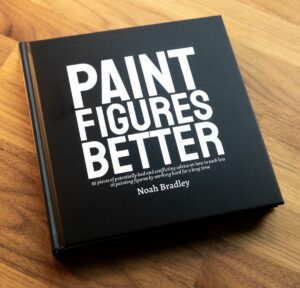How I Wrote and Self-Published My First Art Book (and 9 Lessons I Learned)
Published on July 6, 2023 by Noah Bradley
I always wanted to write a book and I was always scared to do it. I felt that if I was going to make a book with my art, it had to be The Book; it had to be an epic tome, a defining landmark in my life. A coffee table book that would test the strength of coffee tables everywhere. A book that would contain such profound wisdom and mind-blowing art, that thought-leaders and influencers and other made-up titles would beg to have a copy. A book that would, obviously, launch me into international stardom and big movie deals.
Since I was so wrapped up in preconceptions and expectations, I obviously never made a book. It was too much damn pressure.
Then one day I realized that my first book could be just that: my first book. Not my only book or my last book, but just my first book. The first of most things don’t have to be perfect (paintings, jobs, relationships), they just have to be a damn good effort.
I had a decent idea for a first, short book and got to work.
1. First, paint figures better
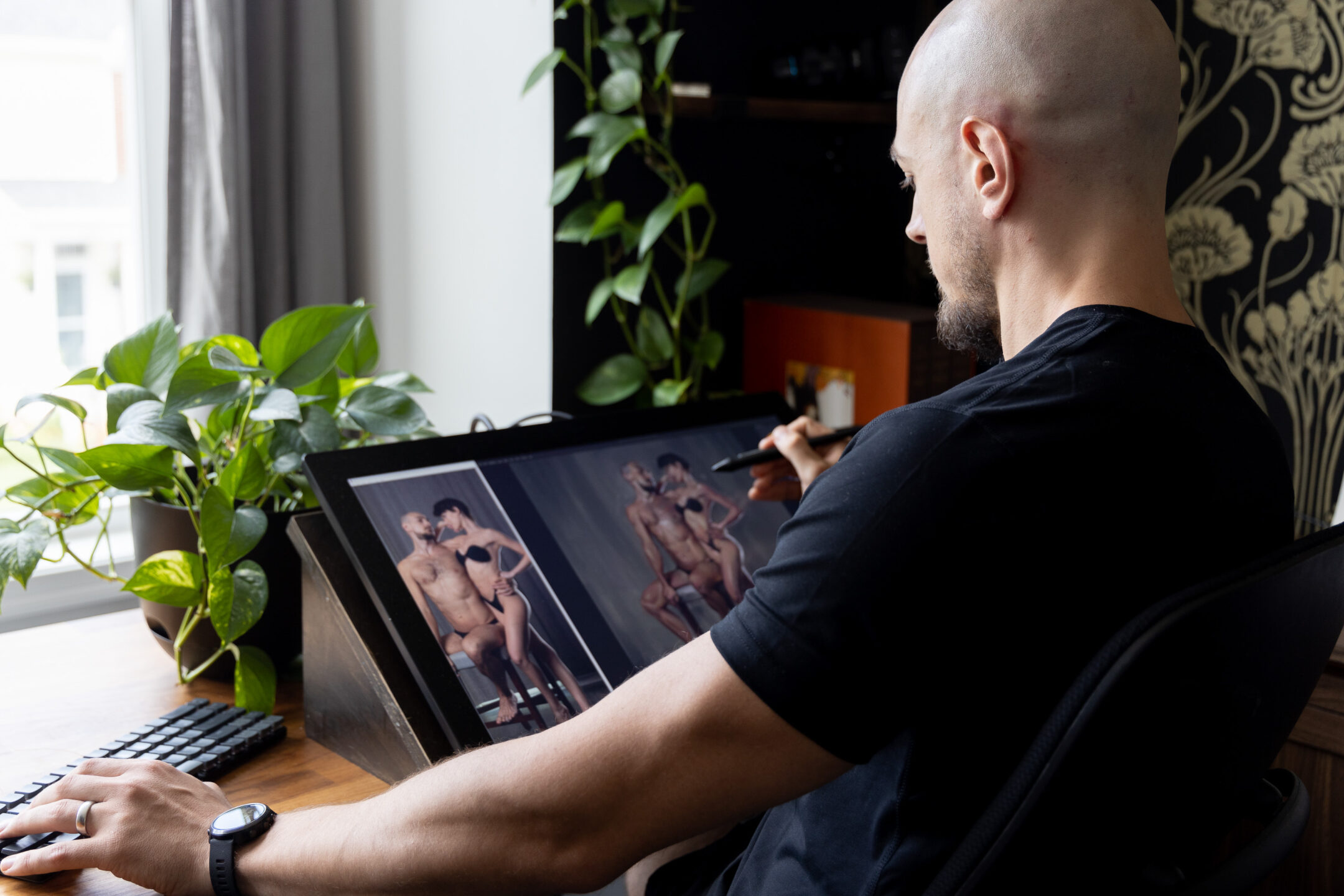
My first book is about how I learned to paint figures better. There are a lot of great books on drawing and painting figures really well and they’re written by artists who are phenomenally good at drawing and painting figures. I’m not. I was decent, I suppose. Now I’m pretty good.
That’s the journey I wanted to share—the journey from bad to pretty good. I think there are too many books by masters and not enough books by people who are figuring things out. It’s refreshing to read things from people in the thick of it all. I’m sure I’ll write books as I continue into mastery, sometime in my old age. But I’m glad that I’ll make both.
2. Try to write an article and get too wordy
I wanted to reflect on the journey of improving my figure painting and the things that helped me break through barriers and actually get better. Not just spinning my wheels but finally making noticeable leaps in my skills. Many of the common practices to improve one’s figure painting just didn’t work well for me. I did them all and for a long time—but I just felt stuck.
I intended to write a little article, put it on my website, and move on with my life.
But the more things I put down, the more extensive the list of tips got. It ended up being too long to reasonably make an article. Or, well, I suppose I could have done an article. But I realized that it could also turn into a book.
I had a lot of art and process work and a lot of things to say, which is about all you need to make a book.
3. Edit, rewrite, and edit some more
I gave it to my wife to read. While she sat down to read it, I went into an MRI machine. They diagnosed me with two severe disc hernias in my neck. So I was rushed into the hospital, had a few vertebrae fused together with titanium and some other people’s bones, and sent home in a neck brace. I took a few days off from the book.
But my wife had read the rough draft and really liked it—which was all the motivation I needed to carry on. So if your significant other comes to you with a rough draft and you have the opportunity, go ahead and encourage them. That might be the deciding point between that book becoming real or another document left to rot on their desktop.
I edited, rewrote, edited some more. I’m not sure how many passes I made through it because I stopped counting. It’s hardly a literary masterpiece, but it made me empathize with the folks who do make literary masterpieces. That’s gotta be a lot of work.
4. Try to design it

I’m eternally grateful that when I was a teenager taking classes at the local community college, I was fascinated by design. I took graphic design classes and they’ve paid off 1000x over the intervening years. I had learned the gist of laying out a book when I was younger and had a feel for how that process goes.
I used Affinity Publisher, which was a blast to use. It started to strain as the book neared completion and the file size and the ridiculous amount of high resolution images linked in it grew and grew. But it hung in there and I’d use it again in a heartbeat. I’m a big fan of the stuff that Affinity makes and the ability to seamlessly edit photos and vectors with Photo/Designer without leaving Publisher was slick.
A big problem with self-published books (and one that’s particularly nasty for self-published art books) is the amateur design. It ain’t easy laying out a book and a lot of people do it wrong. So please, if you’re going to do it yourself, read up on it. Do it right. There are great resources out there and, when in doubt, just follow the guidelines and proportions and margins that other people suggest.
Or just hire a good graphic designer.
A large part of the joy of self-publishing for me, though, is complete control over everything. I can do whatever I want! So can you.
5. Find a printer
Printing 1000 books ain’t cheap. I knew I wanted a hardcover and I knew I wanted nice paper and printing. An art book that feels flimsy or cheap just makes me sad.
I wanted to try and print it domestically here in the states, but that just wasn’t reasonable. The cheapest price I could find was about $24/book. When you tack on all of the added merchant fees and shipping and whatever else is out there, I wouldn’t be left with much profit. I didn’t do this to get rich, but I do need to make at least a little bit.
I also looked at print-on-demand. POD is a fantastic option for a lot of people and I hope to make some books like that sometime. But for art books, of this quality and size, the prices are pretty bad.
I found Qin Printing and their price was very good. They quoted me about $8/book. And that included shipping and everything all the way to my door (sometimes when you order from overseas it’s up to you to take care of the freight carrier to get it to your house/business). I was skeptical. I was worried the quality would be, well, shitty.
They sent me some samples of other books they printed and I felt a bit more confident. The quality was exactly what I was looking for and I had hope that they would do a good job.
6. Run a pretty good Kickstarter
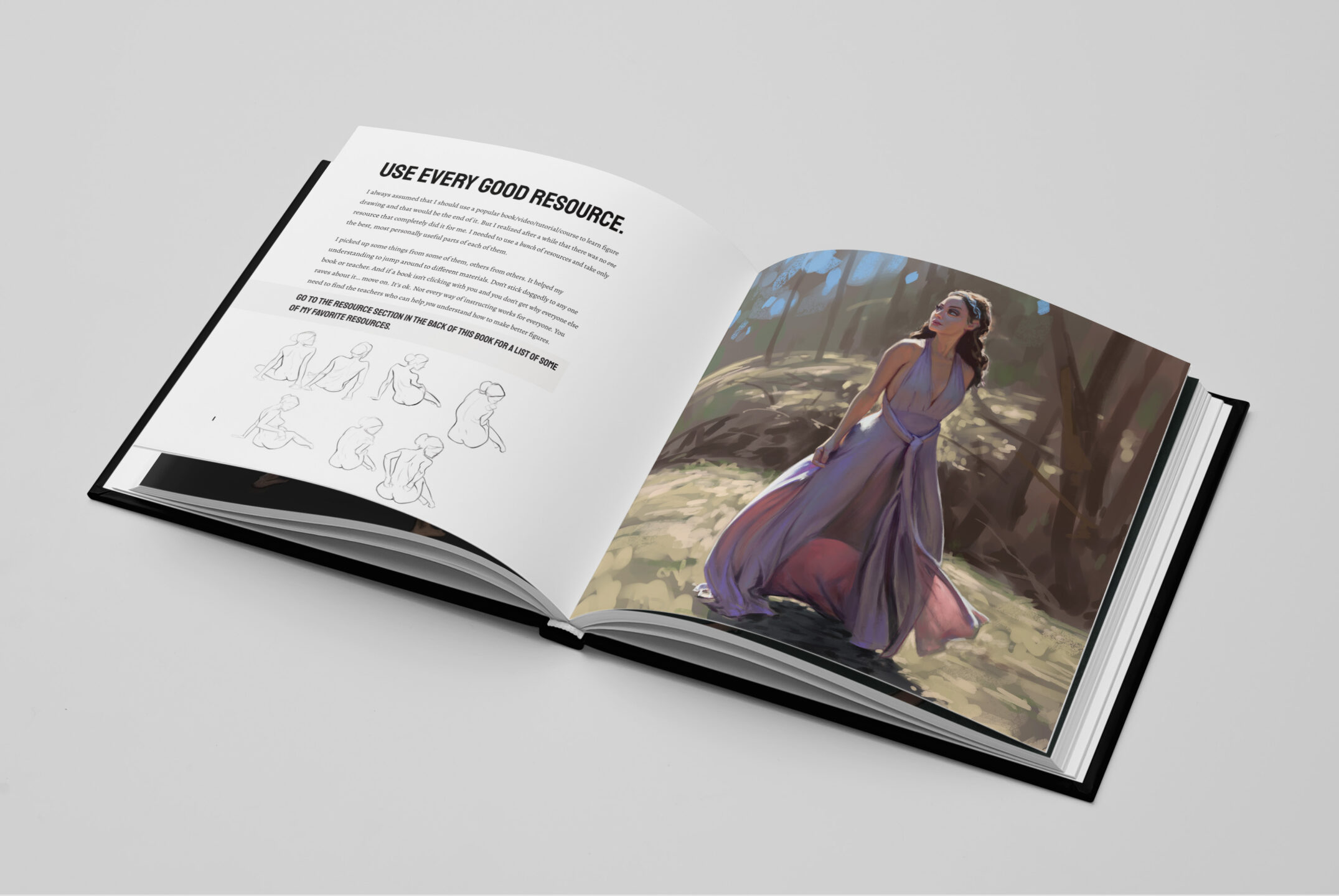
Putting together an appealing Kickstarter campaign is a lot of work. I could write a whole article on what I learned from that. Thankfully, I had some smart people advising me on the best things to do.
I’m not sure if I really needed to run a campaign at all, but I thought it would help promote the book and drive a lot of early sales. And it certainly seemed to do that.
I have a lot of issues with Kickstarter (it feels like they just gave up on trying to make it actually useful for the people running campaigns on there), but it went well and we were about 150% funded! Success! The book was really happening.
7. Holy shit ebooks are confusing
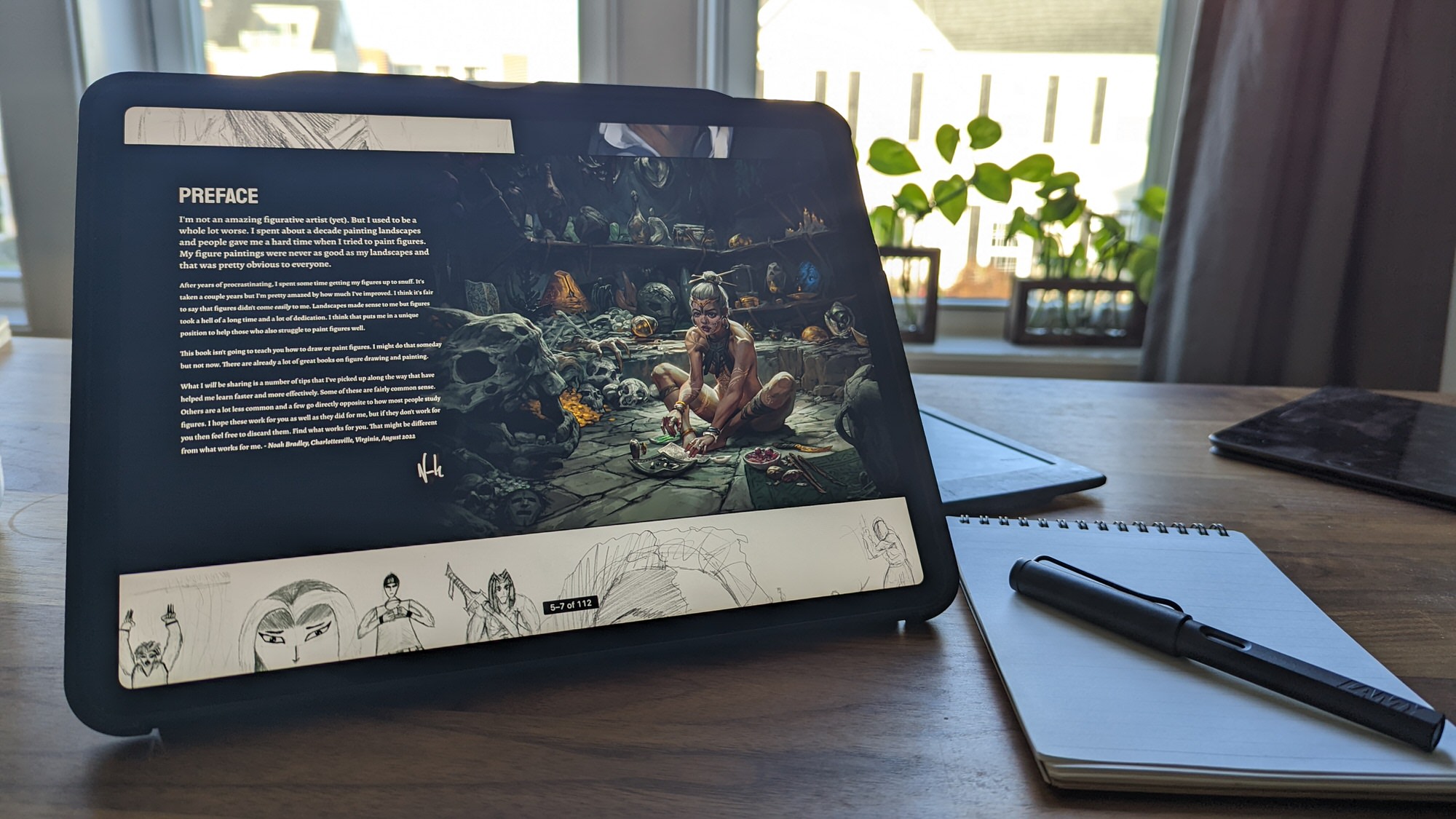
I thought that designing an ebook would be easy. There aren’t too many options that you can tweak on them, so surely it’s pretty easy, right? Right?
Not at all. It’s like web design in the early 2000’s. Every browser behaves slightly differently and you have to use weird workarounds to get things to look right. It’s dumb.
I made my ebook with Scrivener and that worked well enough, but it took at least a hundred trial exports before I got a result I was happy with.
When I complained about this, I was recommended Vellum, which seems great. I might be tempted to try it out next time. But I also might be stubborn and want to be a control freak over every aspect of the design. We’ll see. I suspect it’ll be the latter.
PDF ebooks, on the other hand, are incredibly easy. It just took a little tweaking to the design I made for the print book and I had a perfectly good PDF version.
8. Last minute fuck-ups are the best
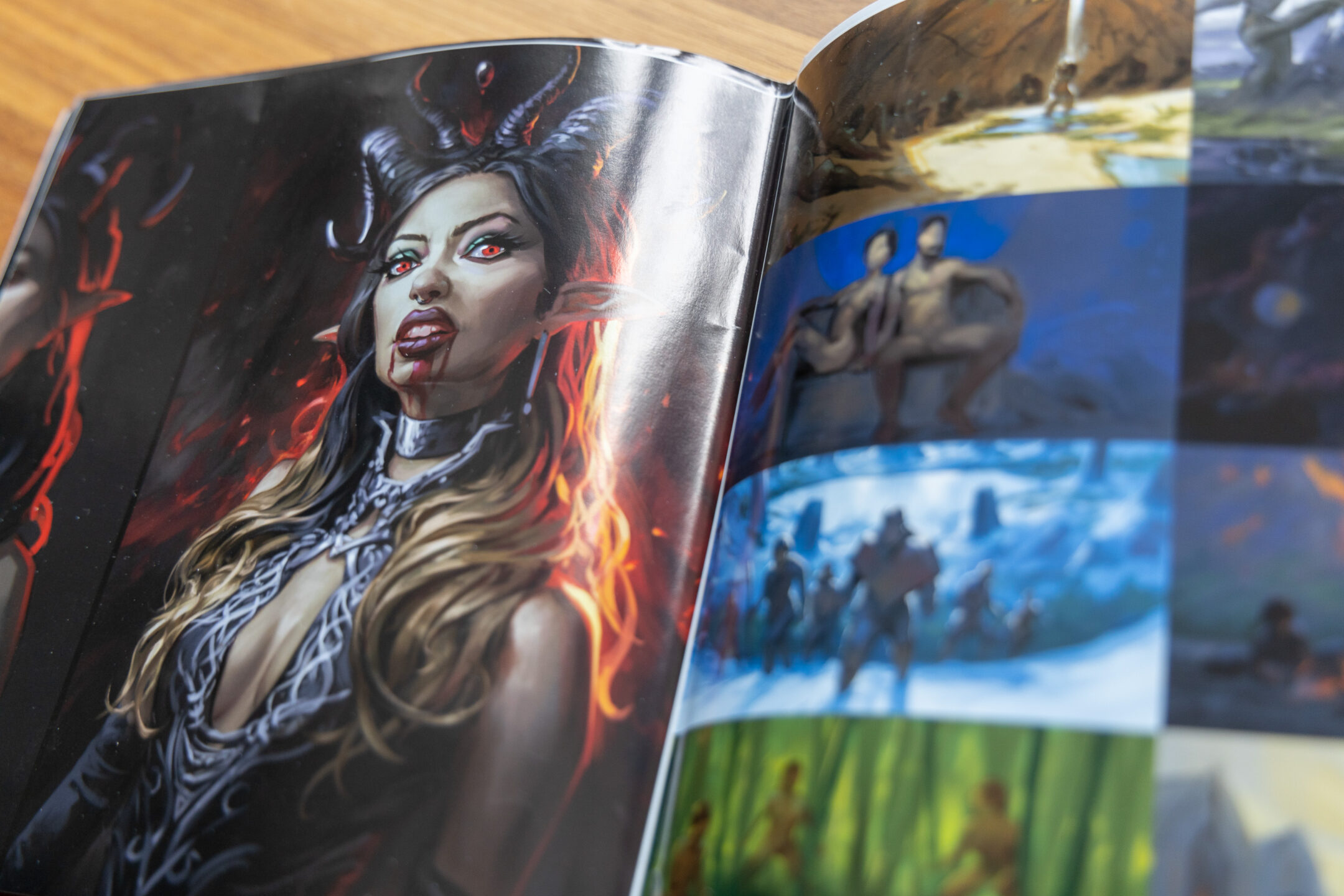
You know how I said that I designed it in Publisher? That was a great choice until it suddenly wasn’t.
I sent over the completed PDF and the printer told me that the file wasn’t going to work and I needed to redesign the whole book in InDesign, because that’s the only thing that their printers would accept.
I was not happy, for many reasons. Not with anyone in particular, just not happy in general.
We tried a lot of different things to get it to work and they finally figured out a way to re-export the files on their end into something that would print. I was worried that the process had screwed up the color profiles on the images, so we did another round of proofs at this point. It all looked good and we sent the book to print. I was even more nervous that I was going to have a thousand poorly printed books.
9. Wait
There was a long wait between finishing the book and receiving them. It takes a while to print books and the pacific ocean has a lot of water to traverse.
So while we waited, I printed a few goodies to include in the books. I designed some simple bookmarks and stickers to tuck in there. I used UPrinting, but there are a lot of online print shops these days and they all seem about the same. I also printed some small art prints (with El-Co Color Labs) that could be easily shipped just tucked in between the pages. I was warned by many people to make shipping as simple and easy as possible. That was good advice.
10. Get a bunch of books! And ship them out.
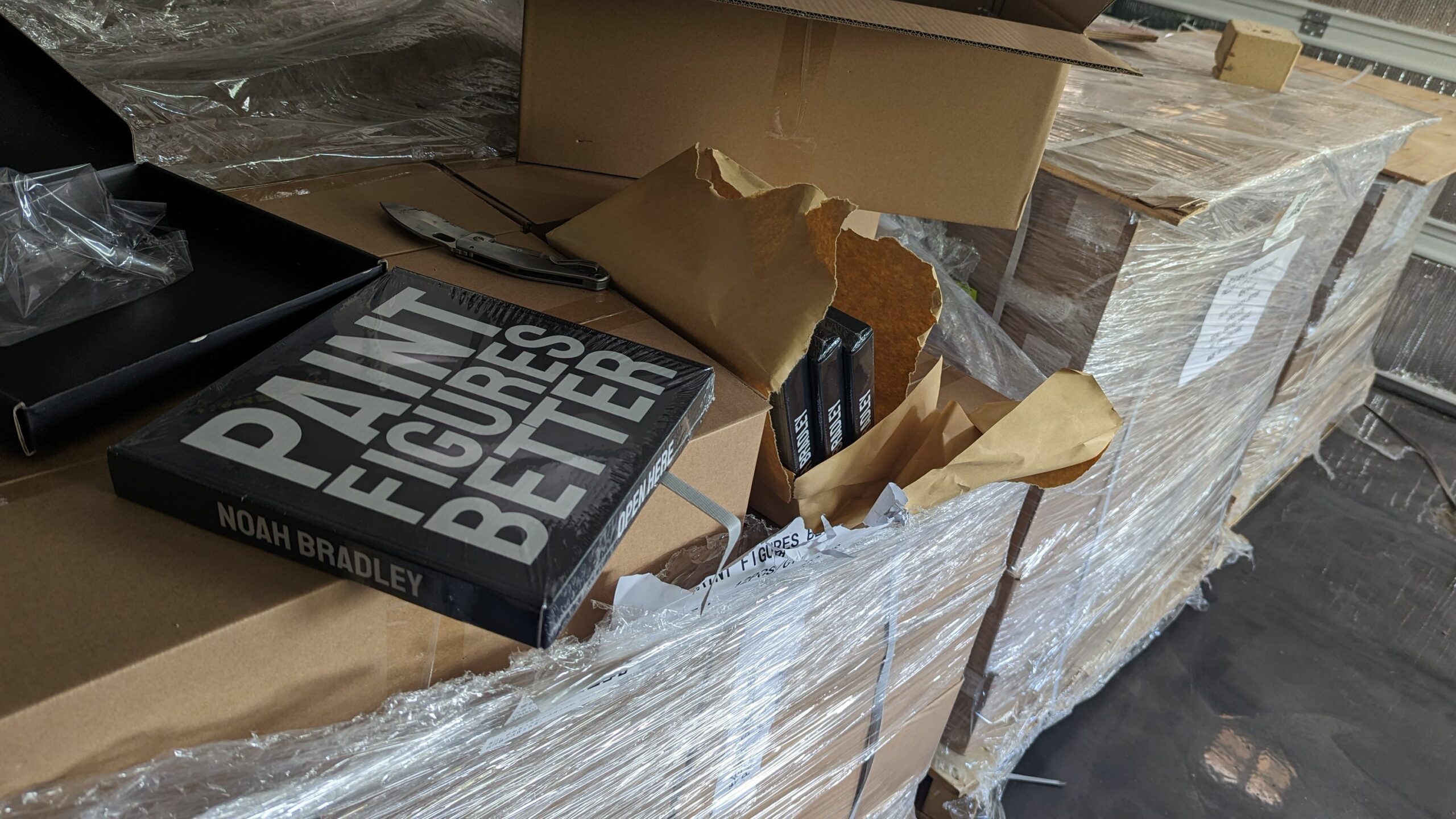
On a chilly and drizzly Friday, a man in a big truck backed into my driveway and unloaded three pallets of books. The pallets themselves were practically disintegrating, but the boxes of books all seemed intact and dry.
I immediately went to slicing open the layers of plastic, cardboard, and paper around my books.
They looked fantastic! Massive sigh of relief and so happy to have them in hand at last.
Now I had to ship them out. In some ways, it was a blessing to not sell too many books. Fulfillment of thousands of books seems like a logistical nightmare. But I had about 200 books sold and so I set about getting them out.
I found a rhythm of signing and packing each book and churned through them all in just a couple days. I used Pirate Ship to purchase shipping and print labels and that worked extremely well. It’s a great site and I’ve even convinced my own mother to start using it.
I was out of the house when USPS came by to pick them up. My wife, Rachel, was here and let the mail guy know that we had all of these books to be picked up. The mail guy had no idea what was happening and wasn’t very pleased about picking up all of these packages, though I tend to think that mail is generally an important part of a mail guy’s job. So anyway, he sort of stood around as my 100lb wife proceeded to load some 500lbs of books into the back of his truck.
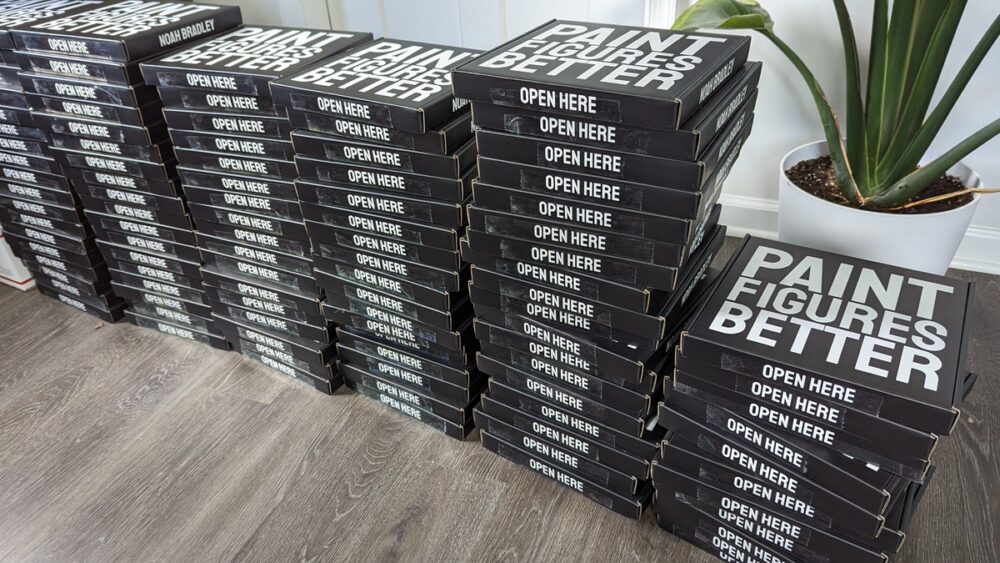
Slowly and surely, the books were flung out across the US and began arriving at people’s doors. Miraculously, there weren’t any lost or returned packages. Everything went well.
Now we’re here and I’ve made a book. It’s both strangely satisfying and entirely mundane. I don’t feel noticeably different, I just have a corner of my garage stacked with boxes of books. I’m selling them, but it’s going to take a while to sell them all. I’m glad I did this experiment and it’s given me the confidence to make more books.
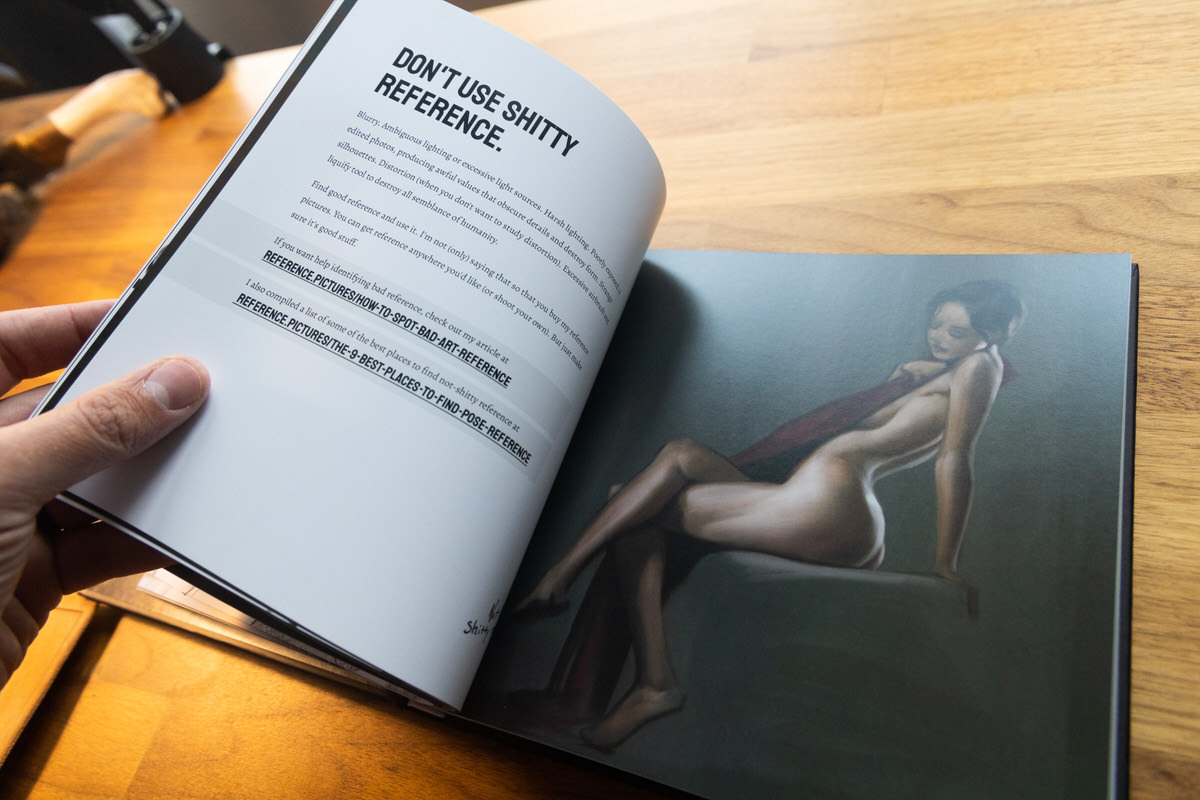
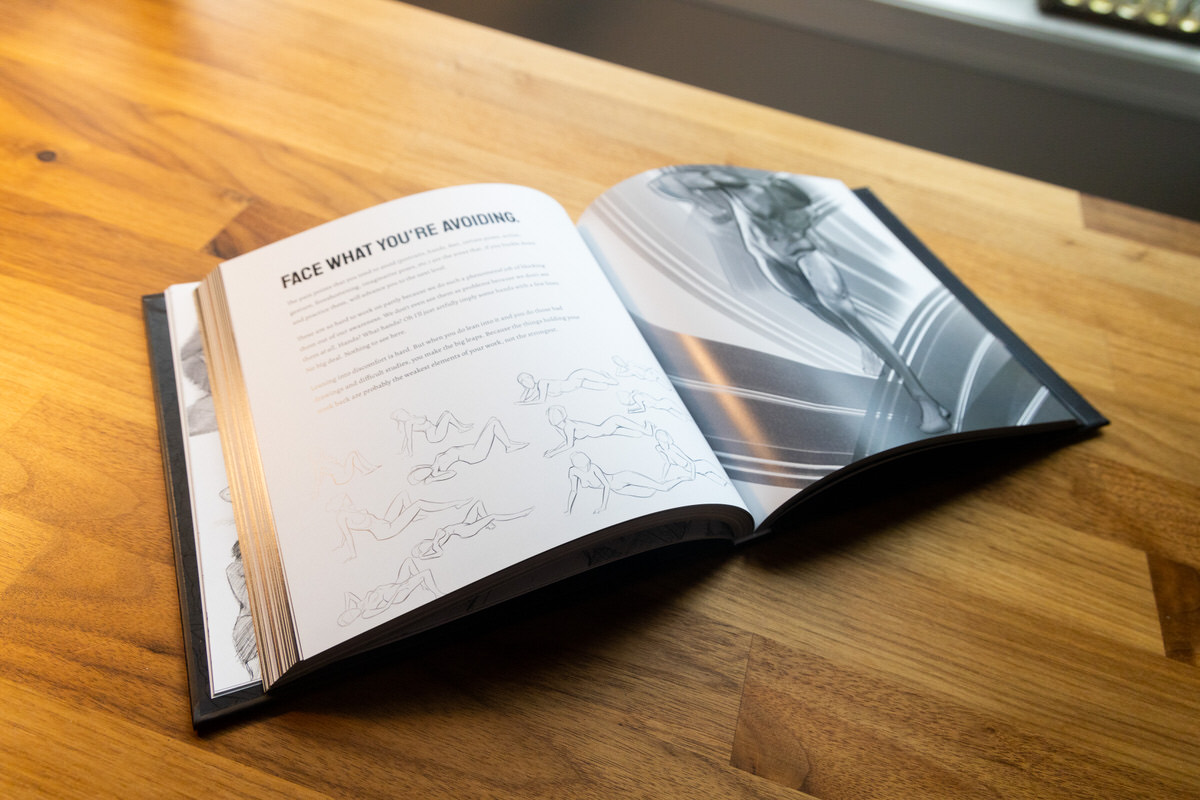
9 Tips for Self-publishing Your First Book
1. Make your (first) book.
If there’s one important thing I want you to take away from all of this rambling, it’s this: if you have a desire to make a book, then make a book already! It doesn’t have to be perfect and it likely won’t be perfect. But get it out there. Write it, edit it, make it happen. Ship it already. It’s not easy or quick, but procrastinating is not helping you.
You can cut down a lot of these steps considerably by focusing on a book that’s mostly text and one that’s print-on-demand. You can really make things easier by just creating an ebook first.
If you love books and you want to see your name on a book, then you can do it. The tools are amazingly easy and abundant. You “just” have to put the time into it. It’s definitely not easy and I sunk a ton of hours into this. I am not getting rich off of this book—honestly I’d be impressed if I’m making minimum wage off of all the hours I’ve put into it. But it’s an achievable milestone and it’s doable for anyone with a computer and some basic technology skills.
Not sure what to make? Here are a few ideas:
- Publish a collection of your sketches. There’s a lot of pressure around making an Art Book, because, again, we all think it has to be The Book. But a sketchbook doesn’t have to be that, a sketchbook shouldn’t be that. Free yourself up from the pressure. Just put together your best or more interesting sketches and get that first book out there.
- Start with essays. Write a lot of essays and see if a theme emerges. Find connections between them. Publish a collection of essays. It will be more interesting than most books out there, many of which would be better suited to a single blog post.
- Make an art book around a particular theme. If you’ve made a lot of some type of art (pet portraits, oil paintings, beach paintings, whatever), compile them into a little book. Then it’s not just a book for people who like art—it’s a book for people who like that particular thing. Appeal to a small niche and you might find some really loyal fans. If you’re struggling to fill your book, have some friends contribute to the book too.
2. Make a custom box
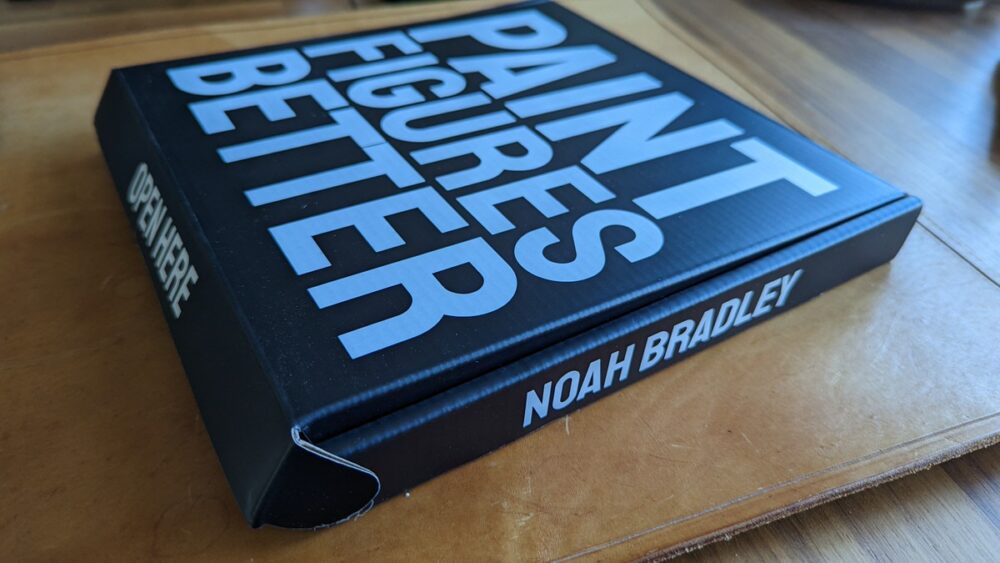
I needed something to ship the books in, obviously. On a whim, I asked the printers if they could do that too. They quoted me just an extra 50 cents or so per book, which seemed great to me. I could even design a fully printed box. This turned out to be unexpectedly good choice. I think I’ve gotten as many compliments on the box as I have on the book.
3. You can do it all yourself
You don’t have to do it all yourself, but you can.
You can write, edit, design, and publish a book all on your own. Depending on your skills, though, that might be a bad idea. But as someone who enjoys learning new skills and figuring out how to do everything myself, this is a project that you can take on without any outside help.
4. Selling books is very hard
Making a book and selling a book are two very different skills. One can inform and help the other, but they still require somewhat different mindsets to excel at.
I’m neither experienced nor good enough at this to impart any wisdom, only to say that it’s hard and if you hope to make this a profitable pursuit, it likely won’t be easy. If I learn how to do this well, I’ll write a post about how to do it. But for now, I’m still learning.
5. If all you care about is profit, ebooks are probably smarter
They’re easier to design, the margins are inherently wonderful, and the turnaround time is nearly immediate. If printing a book sounds a bit too scary for you, start here.
It’s extremely easy to sell your book on both your own platforms (using things like Gumroad or Payhip) as well as on all of the major sites out there. I put mine on all of them, but nearly all of the sales so far have either been directly or through Kindle, which makes a lot of logical sense.
6. International shipping is annoying and ungodly expensive
I was warned away from offering international shipping on my Kickstarter. It’s a lot of hassle and it’s expensive. That choice annoyed a lot of people. They buy books all the time in Europe, so what’s so hard about buying a book from me? It’s easy, right?
Well, shipping is awful. It costs more to ship my book than the cost of my book itself. Quite literally $50 to ship it to most places in the world. I can ship my book domestically for about $5.
7. You will absolutely find mistakes in your book and they will make you die inside
I made the mistake of looking at my printed books. And I remember, distinctly, the first moment that I found a glaring error in the books. 1000 copies of this book with a stupid, in-your-face mistake. 100% my mistake. Damn.
It happens, and I guess there’s no way around it. I read books by the big publishers all the time that somehow still have typos and mistakes in them. I guess it’s part of the game.
8. Resources
- Bowker to buy your own ISBNs – Don’t lock yourself into Amazon’s ISBNs. Buy some for yourself, instead. Don’t forget to buy one for each version of the book that you’ll be releasing (ebook, hardcover, etc.).
- Book Design Made Simple – I love this site. Saved my bacon many times and answered the questions I had about how to properly design a book.
- Book mock-up files – These are the ones I used for my Kickstarter campaign and I think they looked great. There are a lot of them out in the world, so just find one that roughly matches the proportions of your book and your particular aesthetic. If you’re running a campaign, it’s probably worth it to have a mock-up of what people will be getting.
- 3D Book – I used this for the nifty little interactive mock-up on the website. I have no idea why they have a subscription pricing model.
- Qin Printing – The folks who printed my book. They did an excellent job. They even individually shrink-wrapped the books and pre-assembled and pre-packed all of the books. Excellent quality, I’ll be using them again.
9. Once you’ve made a book, make more books.
Nothing has made me as excited to make books as making my first book.
Now I know it’s possible and I know what needs to happen. I know the parts that are hard and the parts that are easy. I know where to invest time and money.
After finishing my first book, I have at least 20 ideas for other books that I would love to make. I can’t make them all, so I’m just chipping away at a few of them that I find most interesting right now.
I’m sure some people need to hear this, so I’ll say it now: finish your first book. Then make more books. Finishing can be a hard thing. Actually calling it done and pushing the publish button. In doing that, though, you are giving yourself permission to pursue the next project. Too many of us are serial dabblers, forever trapped in the realm of partially finished projects.
I was the exact same way, so it’s hardly a criticism.
Making a small, first book was what worked for me. It might work for you too.

